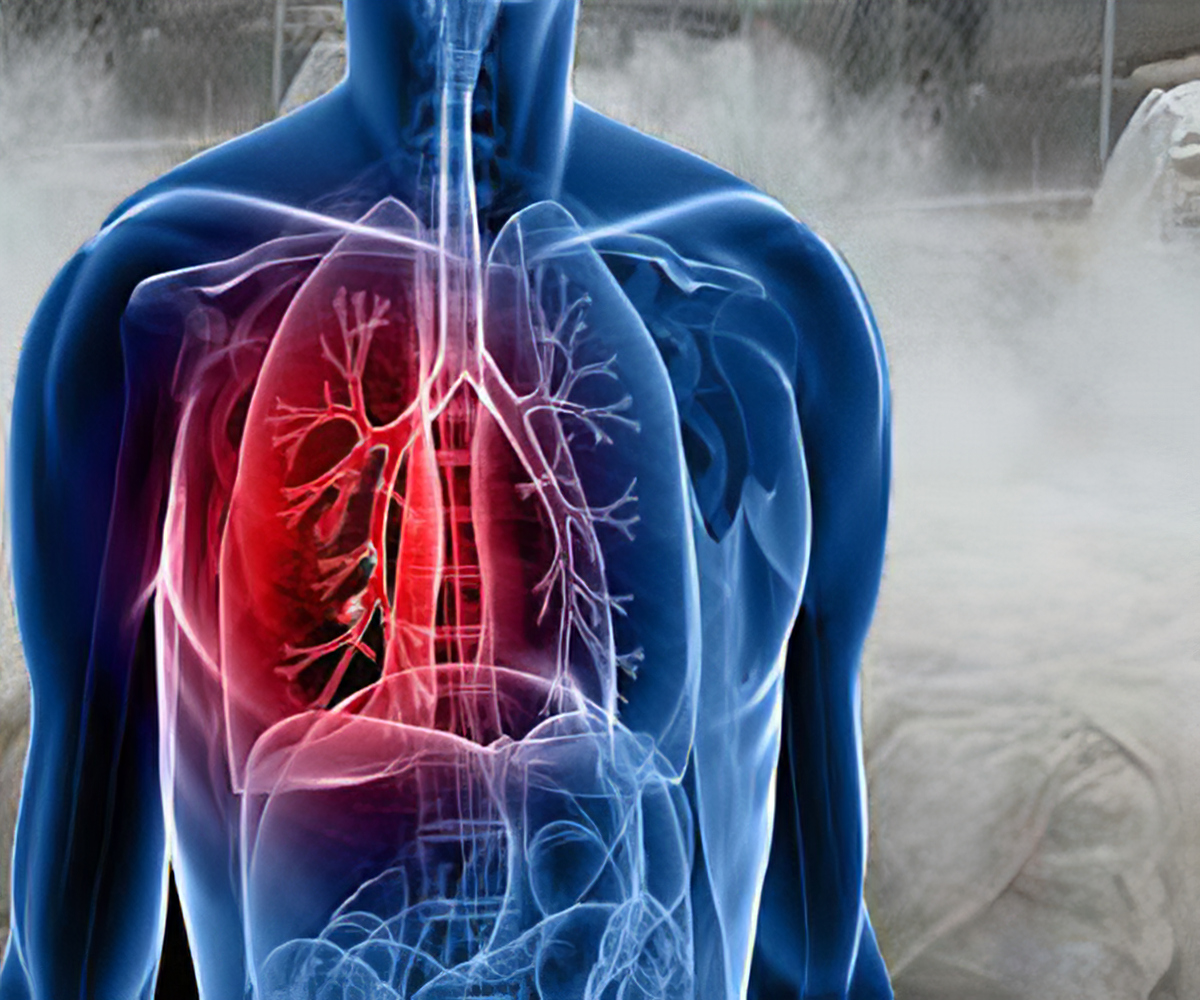Silicosis is a type of occupational lung disease. It is caused by inhaling crystalline silica dust as a result of occupational exposure. It is a type of pneumoconiosis. Silicosis is characterized by inflammation and scaring (nodule like) in upper lobes of the lungs.
Common symptoms of silicosis includes breathlessness (or shortness of breath), fever, cough and cyanosis (bluish discoloration of skin due to lack of oxygen in blood). Similar symptoms are seen tuberculosis, pneumonia and pulmonary edema and may be misdiagnosed.
Types of Silicosis:
Silicosis is classified based on severity of the disease, time of onset and rapidity of progression of the disease to acute silicosis, chronic simple silicosis, accelerated silicosis, complicated silicosis.
Acute Silicosis
Acute silicosis develops within five years of occupational exposure to high concentration of respirable crystalline silica dust. The symptoms of acute silicosis are rapidly developing breathlessness, cough, generalized weakness, weight loss, leading to death.
Chronic Simple Silicosis
This is the commonest form of silicosis. This form of silicosis develops after long (usually more than 10 years) occupational exposure to low concentration of crystalline silica dust. The symptoms usually appear decades (20 to 30 years) of first exposure to silica dust. Initially symptoms (cough and exertional breathlessness are common symptoms) are mild, most patients do not complain of any problem, and diagnosis is made only during routine X-ray examination of chest.
Accelerated Silicosis
This type of silicosis develops 5-10 years after occupational exposure of high concentration of silica dust. This form is more likely to have serious complications and the disease also tend to progress more rapidly. Chronic simple silicosis has symptoms and X-ray findings that are comparable to chronic simple silicosis.
Complicated Silicosis
Complicated silicosis develops when there is massive scar formation in the lungs. There may be progressive massive fibrosis of lungs. Silicosis may also be complicated by presence of other common lung disease such as tuberculosis, lung cancer, fungal infection of lungs, autoimmune disease, and atypical or non-tubercular mycobacterial infection.
